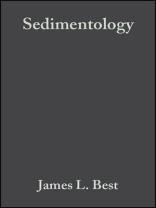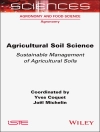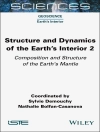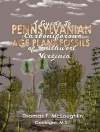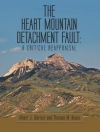Sedimentology has seen many significant advances and changes over the past 40 years, ranging from facies modelling to sequence stratigraphy; chemostratigraphy to basin analysis; and the integration of studies of physical, chemical and, increasingly, biological processes in the interpretation and prediction of sedimentary environments and products. The subject is becoming ever more interdisciplinary and applied, and now has far more links to other physical sciences. Research and debate are continuing afresh as we move into this new interdisciplinary phase and promise many developments and increased uses of our subject. Now seemed a good time to publish a series of review papers concerning some key current areas of research. We hope that these papers will provide comprehensive starting points for those wishing to become acquainted with an area, act as stimuli for debate, and provide awareness and ideas for future research avenues. No issue of this sort can, of course, ever be truly comprehensive in its coverage: these reviews concern only selected snippets from the wide scope of sedimentology and each has, of necessity, been selective in its own area.
İçerik tablosu
Fluvial responses to climate and sea-level change: a review and
look forward (M Blum & T Tornqvist).
Dolomite formation and biogeochemical cycles in the Phanerozoic
(S J Burns, J A Mc Kenzie & C Vasconcelos).
The structure and fluid mechanics of turbidity currents: a
review of some recent studies and their geological implications
(B Kneller & C Buckee).
Spatial and temporal distribution of diagenetic alterations in
siliciclastic rocks: implications for mass transfer in sedimentary
basins (S Morad, J M Ketzer & L F de Ros).
Quantitative models of sedimentary basin filling (C
Paola).
Microbial carbonates: the geological record of calcified
bacteria algal mats and biofilms (R Riding).
Deposition and early alteration of evaporites (B C Schreiber
& M El Tabakh).
Contental margin sedimentation, with special reference to the
north-east Atlantic margin (P P E Weaver, R B Wynn & N H
Kenyon).
Yazar hakkında
James L. Best is a Professor of Geography and Geographic Information Science at the University of Illinois. He was previously on the Earth Sciences faculty at the University of Leeds. His research is focused on the mechanics of sediment transport, the investigation of modern sedimentary environments, and the interpretation of ancient alluvium.
